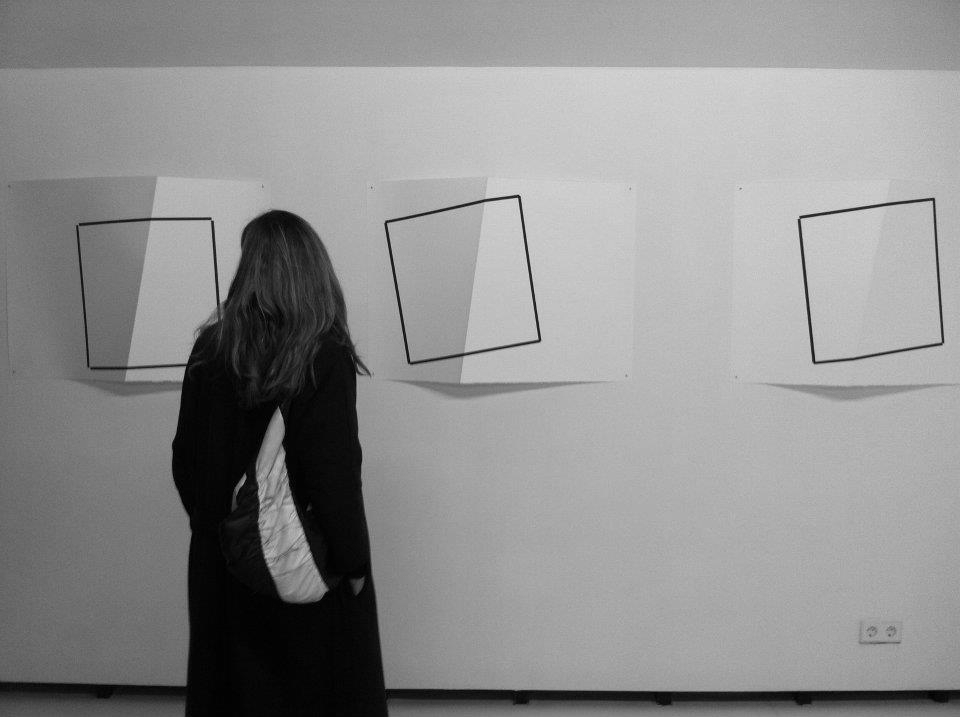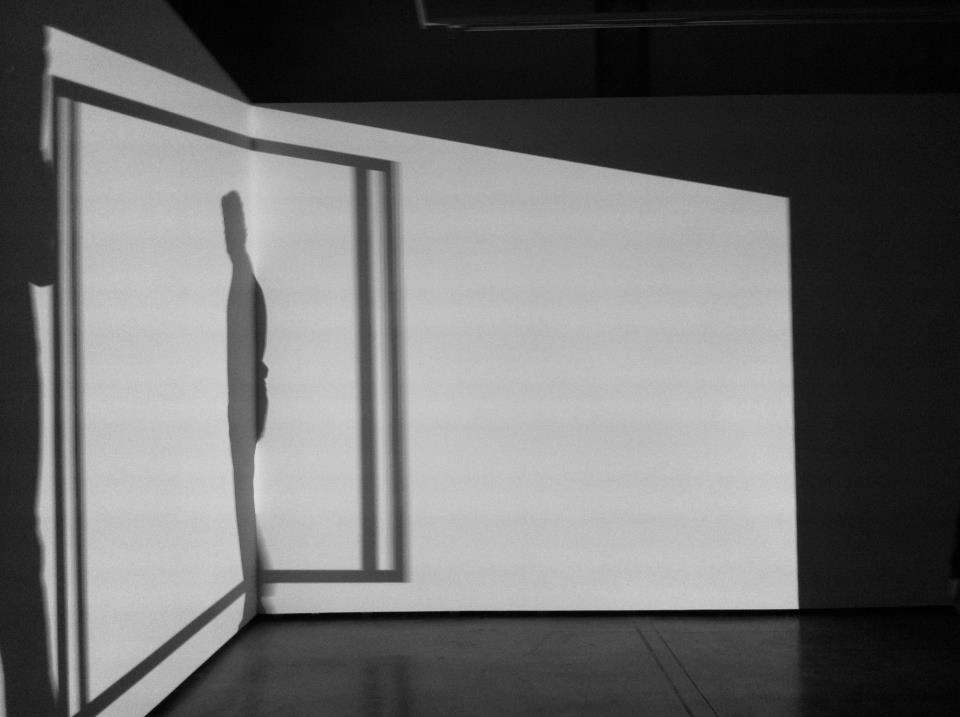LINK | Appleton Square, Lisbon – Tomaz Hipólito / draw_03
LINK | Appleton Blog
LINK | Residency Unlimited, NY – Appleton Square, Lisbon – Tomaz Hipólito / draw_03
Drawing a Square
In a celebrated and important text, Didi-Huberman, in an attempt to identify the main forces at work in Toni Smith’s sculpture, asked: What is a cube? This question is clearly intended to elucidate the essential play of minimalist sculpture. However, with a few safeguards and some care, we could replace cube with another geometric shape and transform it, for example, into a square. And the answer is:
“It is a figure of construction, but it endlessly lends itself to games of deconstruction, always being propitious to reconstructing something else, and therefore metamorphosizing, through assembly. Its structural vocation is omnipresent, virtual; but also virtual is its vocation to be dispersed in other associations, other modular associations, which constitute an integral part of its own structural vocation”. G. Didi-Huberman, The Cube and the Face, ed. Editions Macula, Paris, 1993
This cube therefore rescues the geometric shape from a purely formal and abstract universe and transforms it into matter charged with human questioning and disquiet: a shape in a process of permanent transformation, continually becoming body, becoming world, becoming sensation. And here, becoming is a process of turning into something.
These lines serve to introduce Tomaz Hipólito’s “Drawings”. Although their minimal appearance seems to place these works in an exclusively formal, cold, bloodless universe, a play of bodies is subsequently discovered: the artist’s body, the body of the drawing projected on the wall and, finally, the abstract body as it is materialised in the drawings on paper. And it is within this triangulation that these shapes must be understood.
The squares copy the plan of the gallery and this replication of architecture allows the artist to develop awareness of the spatiality of his body and of the body of the work. The use of his body allows these works to be made more real and redeems them from their apparent formalism: they are squares made organs, made architecture, made spatial events.
To go around in circles with a square is not redundant but is to see this shape as a constructive principle and a sort of structure of thought. Simultaneously, it is an experiment with expressive limits in which the process of seeing these limits and making them conscious allows their apparent formal simplicity to be destroyed, after which an intense universe of shapes, deriving from the initial square, emerges in its place. This derivation is not a replication based on a matrix but a becoming and a metamorphosis. Its point of anchorage is an experience of space and, it must be stressed, the presence of the body in space: this is the experience that feeds the transformation of the image and guides the manipulation of the body within the projected image.
This exhibition consists of a single drawing and the repetition of a single shape or a single object that emerges with varying appearances. A resource that enables us to discover a sort of grammar of the drawing of a square, which consists not only of exploring the description of the different ways of constructing a shape but also of presenting geometry as a condition of the gaze. This exhibition by Tomaz Hipólito therefore concerns the discovery that the simplicity of drawing a square is only apparent, since behind that appearance questions arise concerning spatiality, figuration, composition and, above all, a certain disquiet surrounding the way in which images and representations are constructed. The natural conclusion of this process and these investigations is that an image is never just an image and a shape is never just a shape: in front of our eyes they reveal themselves to be bearers of depth, thickness, density and, always, a story.
Lisbon 2011 Nuno Crespo
text related






















